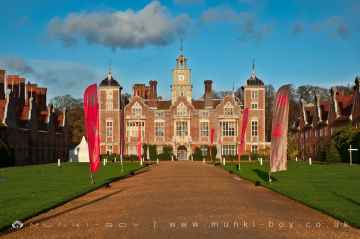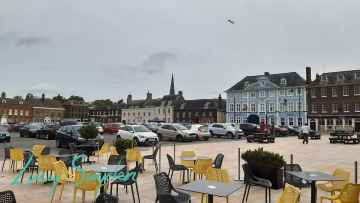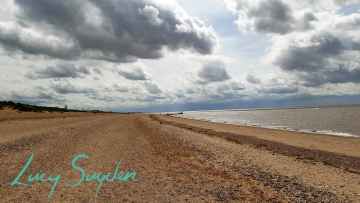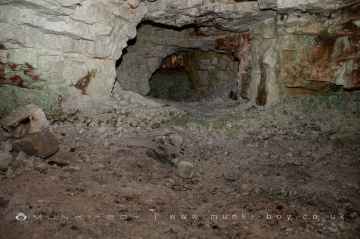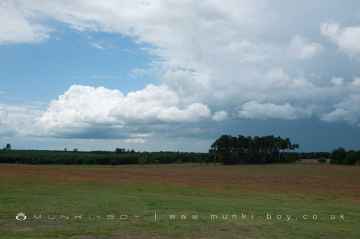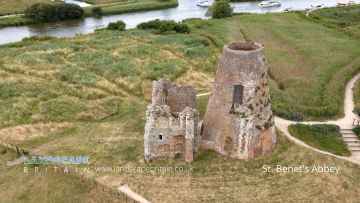Hingham
Hingham is a Town in the county of Norfolk.
There are great places to visit near Hingham including some great historic buildings, towns, beaches, ancient sites, old mines, woodlands, country parks, airports and ruins.
Historic Buildings to visit near Hingham include Blickling Estate, Duke's Head Hotel, and Warehouse and Training Ship Vancouver in St Margaret's Lane.
Towns to visit near Hingham include King's Lynn, Thetford, Great Yarmouth, Hunstanton, and Wells-next-the-Sea.
Places near Hingham feature a number of interesting beaches including Heacham South Beach.
Ancient Sites to visit near Hingham include Grimes Graves.
Grimes Graves is a great place to visit close to Hingham if you like old mines.
Woodlands to visit near Hingham include Thetford Forest Park.
Country Parks to visit near Hingham include Thetford Forest Park.
Airports to visit near Hingham include Norwich Airport.
Ruins to visit near Hingham include St Benet's Abbey.
Hingham History
There are some historic monuments around Hingham:
Places to see near Hingham
History of Hingham
By the 1600s, the town of Hingham was still agricultural. John Speed’s maps of the Kingdom of England during the Tudor period in 1610 and 1611 showed that the town was near Wymondham (also called Wimundham or Windham). This town was, at the time, situated in the countryside with diverse terrain, profuse windmills, well-watered soil, a large degree of inland water traffic, and few urban centres apart from Norwich, where a thriving cloth industry boomed. With Speed’s drawing of a castle at the location of Hingham, the town must have been of some stature. Many Puritans refused to conform to the wishes of the King (Charles I)and his loyal Archbishop (William Laud), so they fled to the Plymouth Bay or Massachusetts Bay colonies, in what has been labelled the “Great Migration.” In 1633, migration from England to the Americas began with a number of participants on a ship named the Bonaventure. Robert Peck, the Rector of St Andrew’s Church, and his associate Peter Hobart, emigrated to the new colony of Massachusetts with half of his congregation, most likely all of the 133 people on HMS Diligent, which departed in June 1638 from Ipswich, England. Peck had been censured by religious authorities for his Puritan practices, and his daughter had married the son of another well-known Puritan minister named John Rogers. The passengers on the Diligent, working-class people such as shoemakers and millers, a number of ministers, and gentry, were mostly Puritans. Once there, the passengers founded “New” Hingham, to remind them of “Old” Hingham in England. Once most of the passengers settled there, the population of the town had doubled. More specifically they were called East Anglicans, possibly named after the former Kingdom of East Angles in which Hingham resided, as John Speed described it in 1610, and maybe after the Anglican Church. Amongst those had emigrated included Samuel Lincoln, ancestor of President Abraham Lincoln, and Edward Gilman Sr., ancestor of Nicholas Gilman, New Hampshire delegate to the Continental Congress and signer of the U.S. Constitution. To commemorate the lineage of Lincoln and the sister town in Massachusetts, today the town hall “is named the Lincoln Hall, and … the bust of Abraham Lincoln takes pride of place in the north aisle of the church” along with memorials to the Gilman family.






